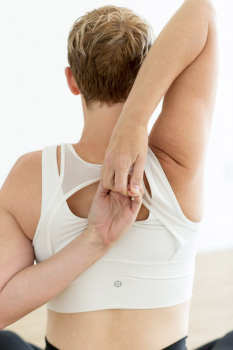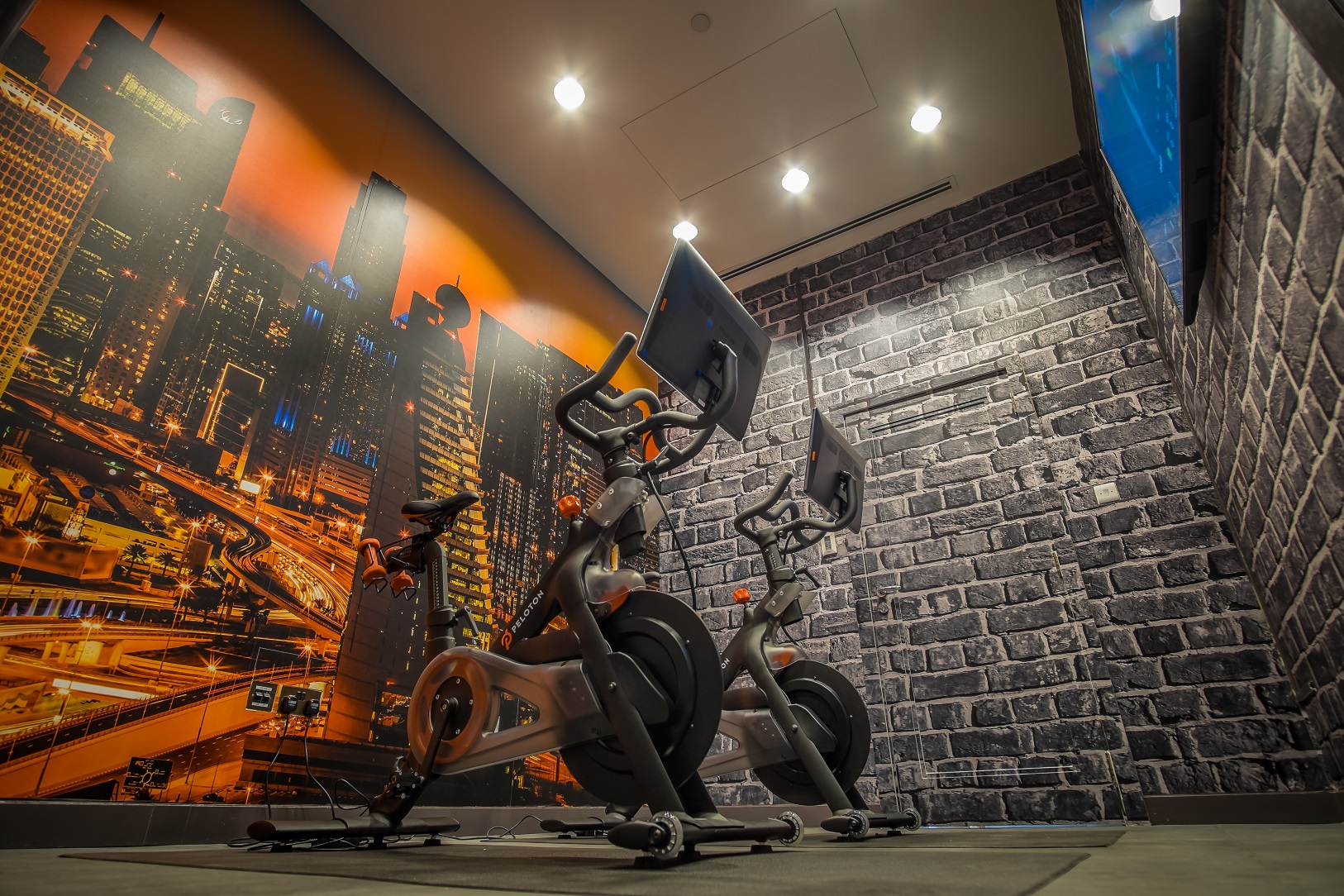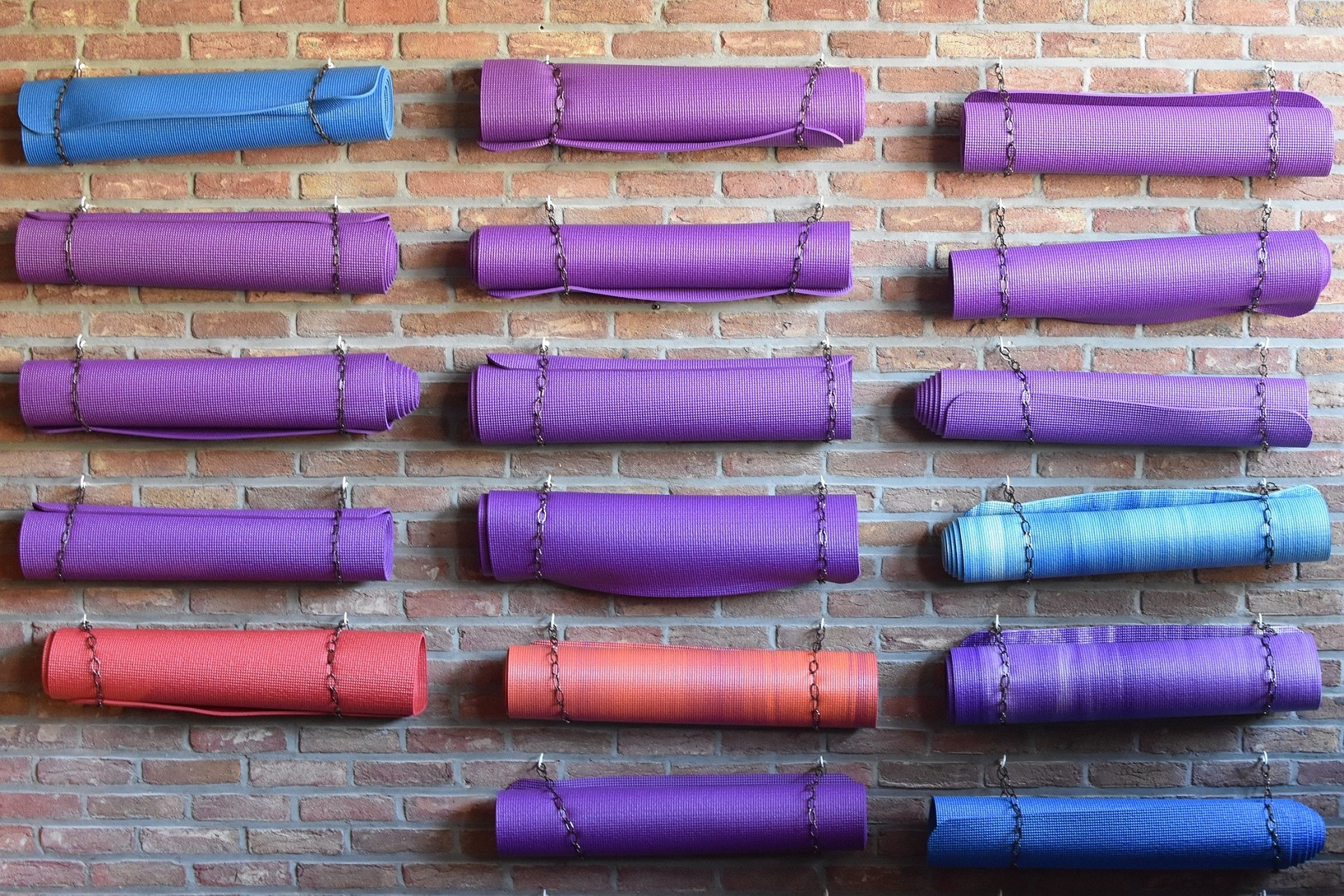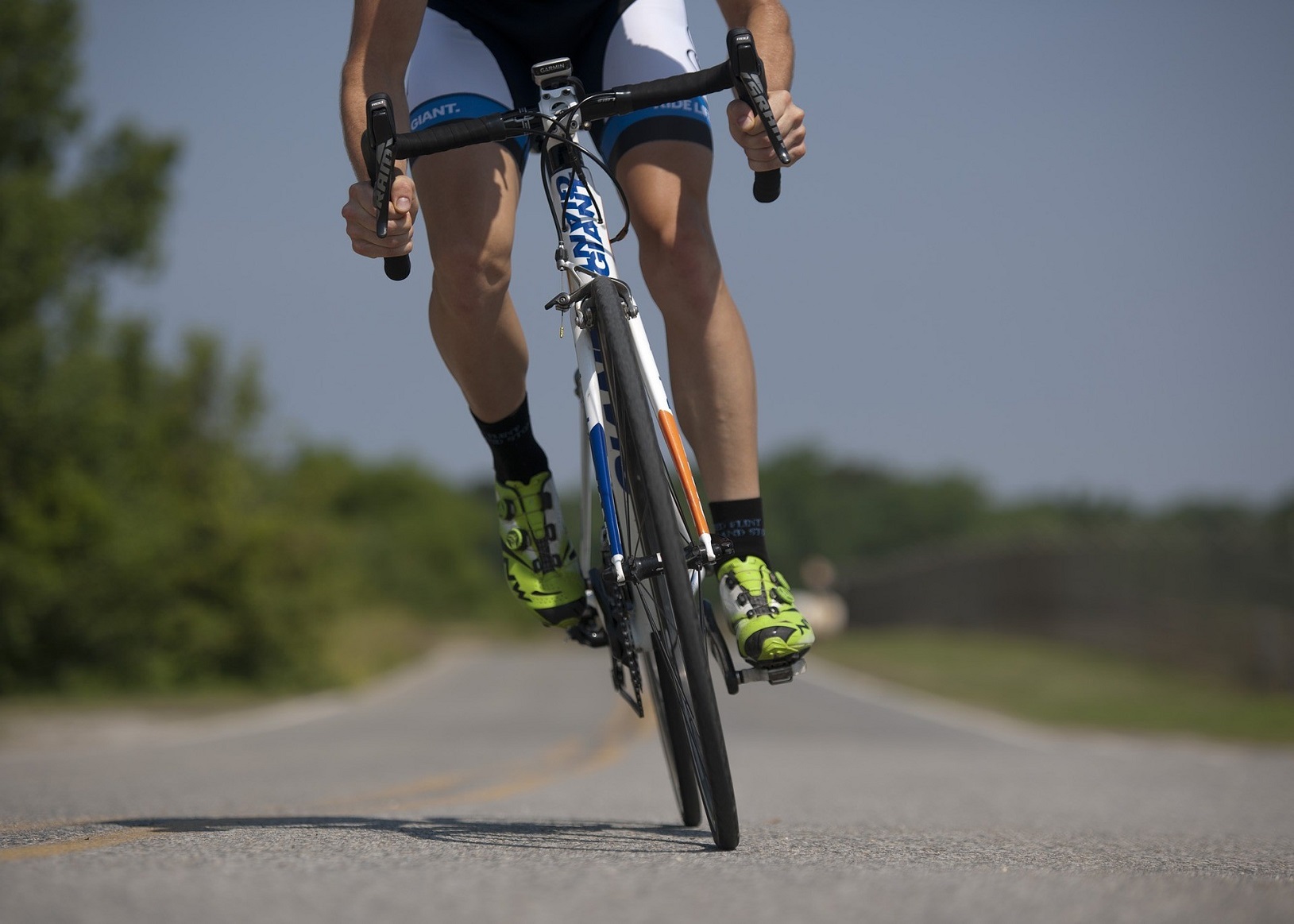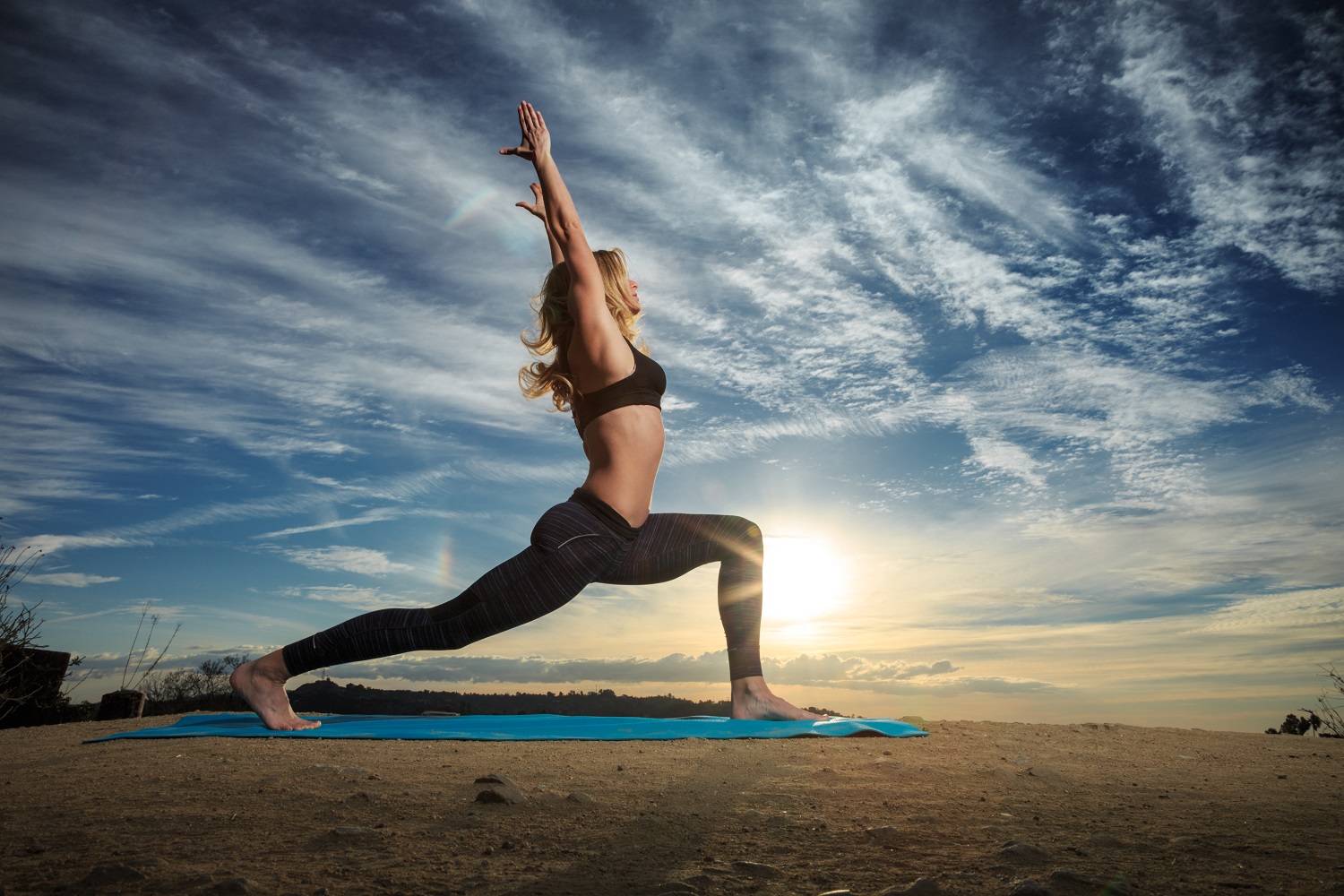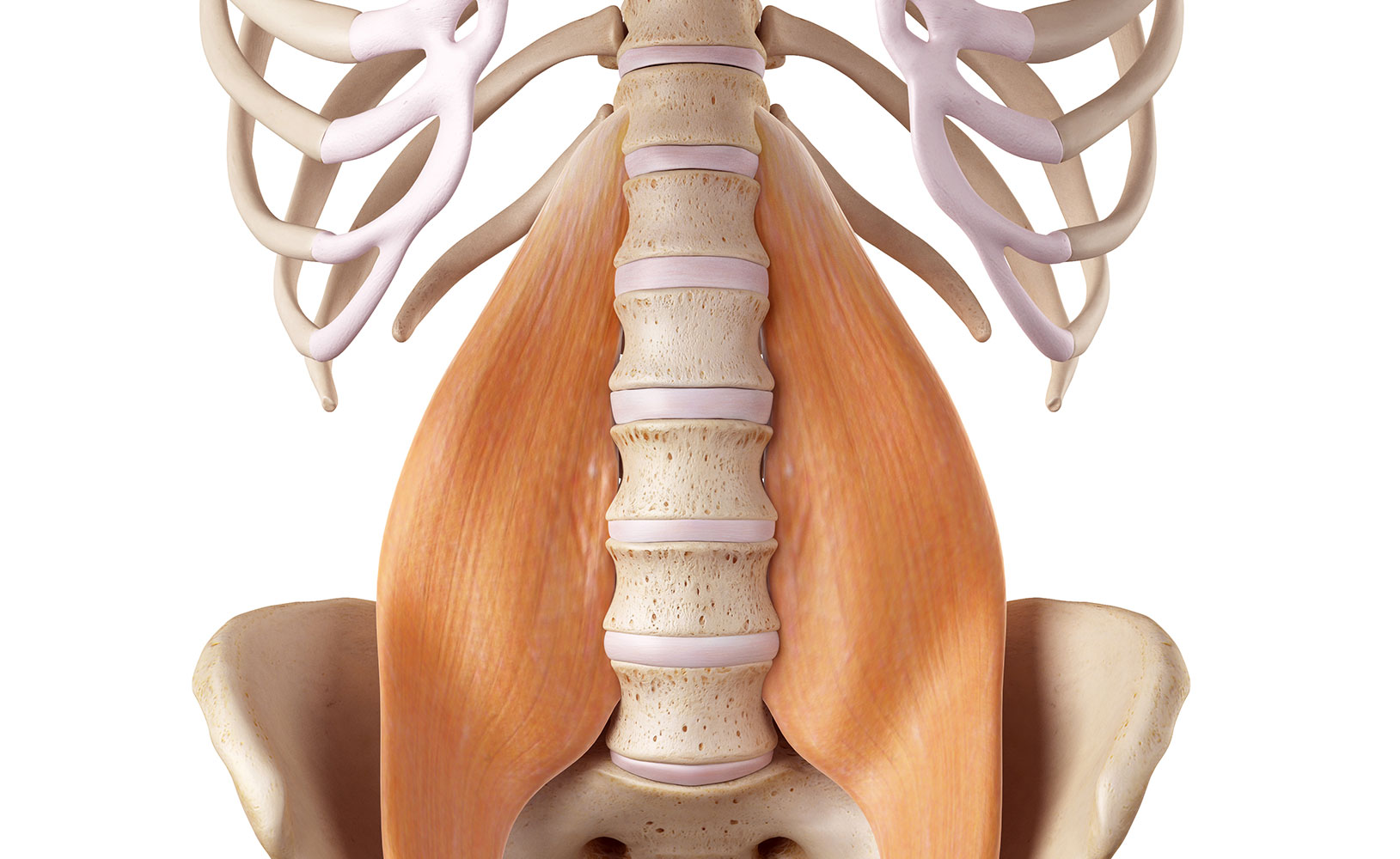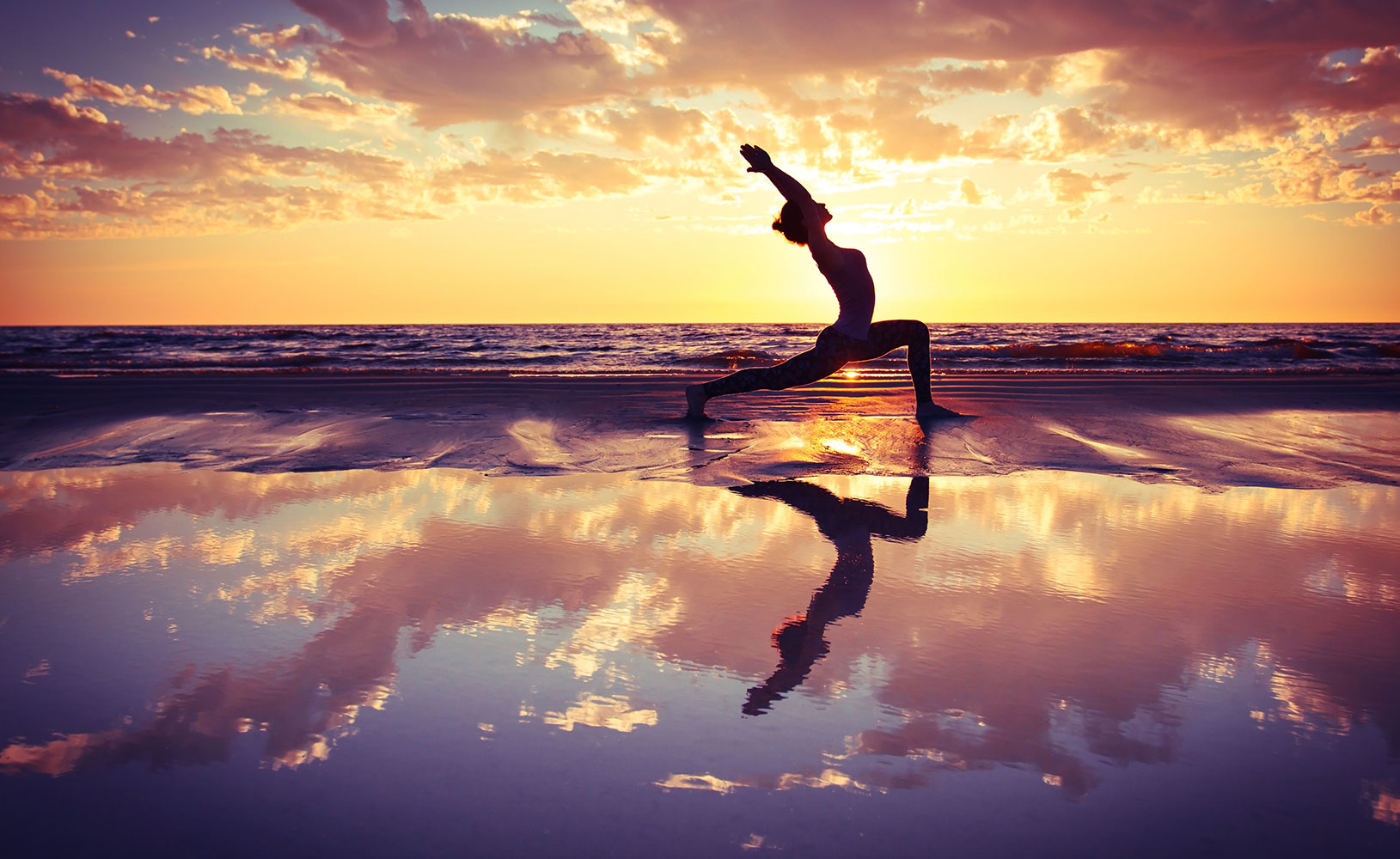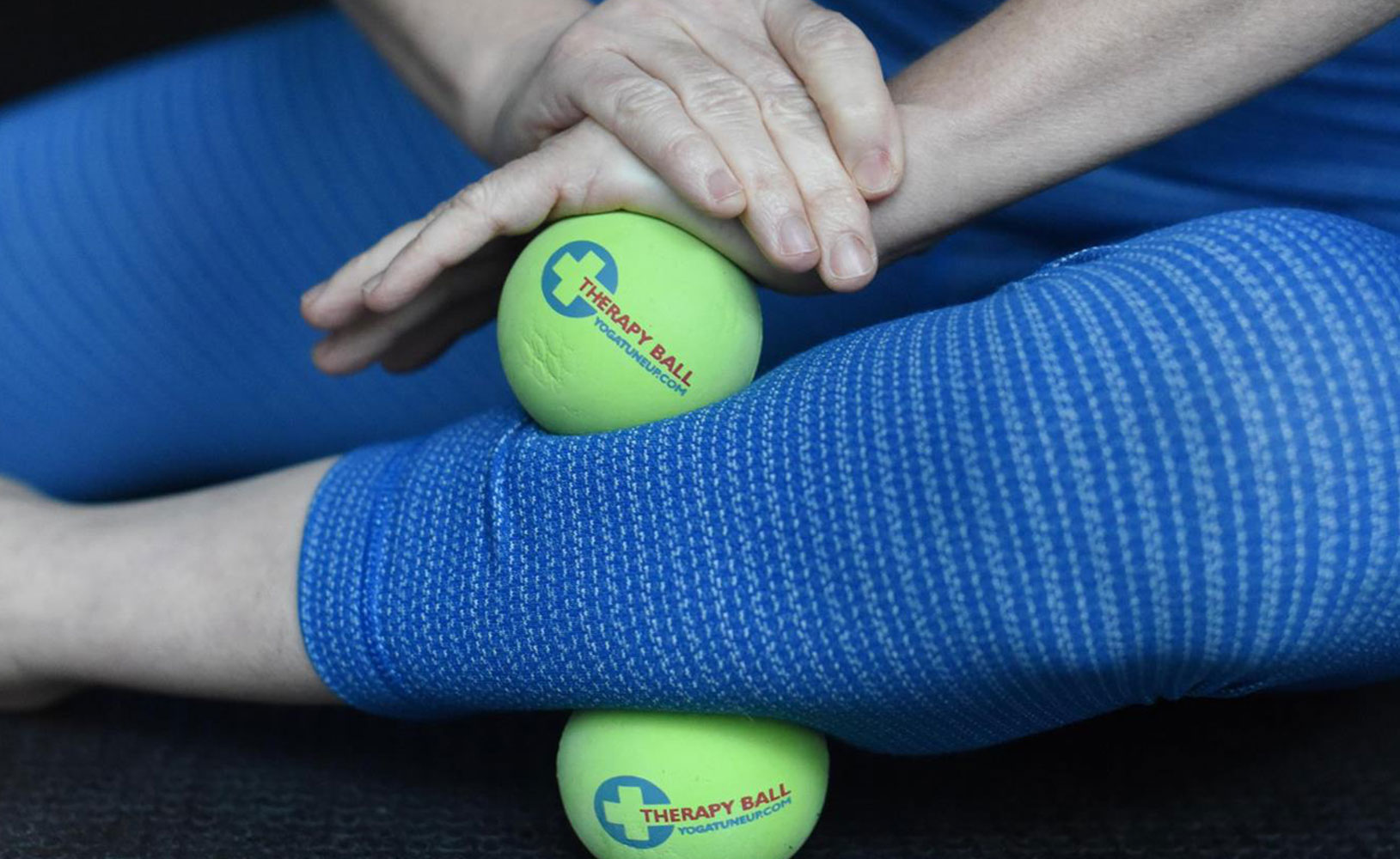Work out virtually to beat the summer heat
Too hot to ride outside, but don’t want to slack off on your training routine? Take your workout indoors! For those who are creatures of the outdoors this may sound like a punishment…
Wall work: challenge and support yourself
Wall work is all you need to jazz up your movement routine. Not only is it great for supporting the body in rest, the wall can also be a fun place to explore and challenge yourself in more active poses.
Travel tools for a healthy holiday
It’s travel time! Finally, it’s that time of the year: your bags are packed, your boarding pass in hand, you are off! This week we are sharing our favorite tips to travel well, so you can enjoy the holidays to the fullest, without having to worry about preventable aches and pains.
Tour de France Week: Recovery for cyclists
With the Tour de France well underway we’re dedicating this week to all of the cyclists out there! From improving cardiovascular health and muscle strength to reducing stress and encouraging weight loss, the benefits of this low impact exercise are clear.
Happy quads, healthy knees
Leg tension can wreak havoc not only on your hips and knees, but also your lower back. Follow this simple sequence to improve strength, flexibility and the overall health of your knees and surrounding real estate.
It’s A Pain in The Core! Life After Spinal Surgery
The first time I lied down on a Coregeous ball was nine months ago at the Hips Immersion. I hated it. This purple ball of fire made sick, it made me cry and it pissed me off. In fact, throughout the day, these visceral sensations became so overwhelming I left the training early. I went back to my hotel room, straight to bed with a fever and slept like a log for 12 hours. I can’t even remember the last time I slept that long (I have a four-year old!). The next day, I was fine beyond my massive apprehension about sticking the ball in my abdomen once more, however, this time it felt much better, albeit uncomfortable.
It’s your neck, it’s your knee, it’s your lower back! No, it’s your sacro-iliac joint!
Sometimes you feel invincible. Despite having had two surgeries on my spine, my body felt so great at the time, I decided to take a kickboxing class. Turns out that wasn’t such a great idea (and that I’m not invincible after all). After a few kicks, I felt tremendous pain in my lower back and simply couldn’t go on. I knew the incident wasn’t disc-related – the pain was completely different, yet just as intense. After a few days, the discomfort eventually dulled and subsided. I returned to my usual activities – Pilates, yoga and swimming. Weeks later, I picked up my then toddler, and felt as though the right side of my pelvis had separated from the rest of my body; it was excruciating. And then it felt better. I would bend down to pick up something, and it would return. Round and round. While the episodes became less recurrent, I knew something had shifted, but I wasn’t quite sure what. My right leg felt longer and my foot supination worsened, forward folds became uncomfortable, my pelvis started to rotate to the left, my right hip became bothersome, and I experienced the occasional creak in my neck. I stayed like this for two years, thinking I must have damaged my back or spine. Except I hadn’t. I had posteriorly rotated my sacroiliac joint. The sacroiliac joint is where the sacrum and ilium bones meet. The sacrum is a triangle-shaped bone located at the base of the spine and the sacroiliac joint (SIJ), a rail and groove joint, is the bridge between each ilium and the sacrum. In Latin, sacrum means sacred bone and for a good reason! The sacrum is the foundation of your pelvis, your center of balance and the first shock absorber on the highway of your spine. While little movement generally happens at the SIJ, it is commonly more stable in men, who have four articulations at the joint whereas women only have three. Think of it this way: a door with less hinges is less stable than one with multiple attachment sites, as each anchor provides stability. SIJ pain is common in the field of movement, especially in the Yoga, Pilates and dance circles, where many practitioners are hypermobile. When you consider a woman’s wider pelvis (to allow for birth), ligament laxity from hypermobility and/or pregnancy, it’s easy to see why many women are SIJ casualties, but the truth is both men and women can experience SIJ pain. This can stem from lifting heavy items without proper form and a lack of core engagement as well as repetitive movements, such as running or cycling. Repetitive Warrior Ones and twists that aren’t complemented with enough cross-training, can also create less than optimum conditions for SIJ integrity. But an SI joint injury can also be caused by something as unfortunate as missing the curb, a fall or a car accident. How does sacroiliac rotation manifest itself? While it’s different for every individual, common complaints include low back, hip and knee pain. Let’s look at...
Ignoring your calves could land you in hot water!
The wonderfully frustrating thing about running is that it reveals your body’s weaknesses quickly, due to the repetitive stress it places on the body. Any issues with form are compounded and rear their heads as injuries fast! I recently spent a couple of days at home, stuck on the couch (not cool!) following the RICE (rest, ice, compression and recovery) routine for my gastrocnemius, which I strained during a long run prepping for a half marathon. Your gastrocnemius, or your calf, is a sexy muscle (just check the illustration!) that similar to your biceps, has two heads. Unfortunately despite its shapely form, it is often overlooked in the stretching and strengthening routine of runners in favour of muscles that often give athletes more of a run for their money, namely the hamstrings, quadriceps and IT band. Sure enough, prior to my run, I had rolled out my hips and IT band with my YTU® therapy balls, but had skipped my calves. The gastrocnemius is a two-headed muscle of the lower leg. The two heads of the gastrocnemius attach on the posterior surface of the femoral condyles (thigh bone) and the posterior surface of the calcaneus (heel bone), via the Achilles tendon. Every time you roll over the balls of your feet in your gait cycle or you flex your knee, you ignite the gastrocnemius. So why is the gastrocnemius the bane of runners’ lives? This muscle is crucial not only in running, but also walking. For starters, the calf often lacks strength and is tight from sitting or wearing heels or shoes that limit optimum ankle and foot movement. A 20 minute run can average anywhere from 1000 – 2000 steps, which requires the gastrocnemius to work harder and harder, especially as you increase your mileage, stride and speed. Eventually, your gastrocnemius is going to let you know – very clearly – that you are asking too much of it. At mile 8 of my 10-mile run, I felt a stinging sensation in my calf, like someone had shot a pebble at the back of my leg. Post-run I followed the RICE protocol, but the damage was done. By evening, walking re-created the same stinging sensation in the back of my leg. What was I to do now? There are different categories of muscle strains (I, II and III), each with a different suggested recovery regimen. Regardless of the severity, you want to make sure the muscle is fully healed before training again to avoid further injury. After that, it’s a good idea to strengthen the injured muscle and make sure you properly warm up and cool down before hitting the pavement or the trails again. Come back on Friday for a few suggestions on how to strengthen and release your gastrocnemius to get you back on your feet!...




